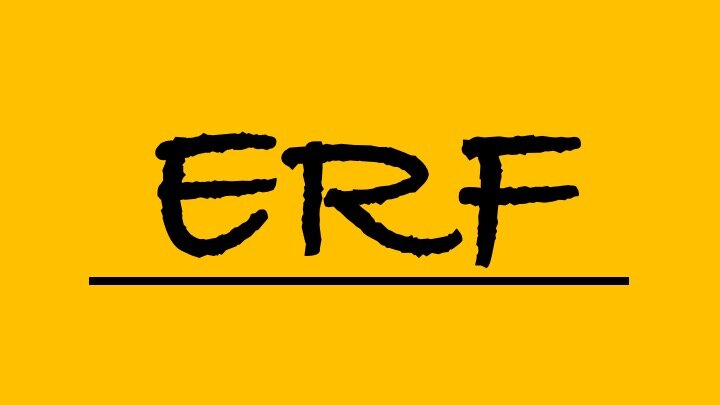From Vision To Action: Organizational Commitments Necessary During Implementation
From Vision To Action: Organizational Commitments Necessary During Implementation
What We Know
Carrying out visions of just and equitable institutions proves to be an elusive task for campus leaders. In studying Student Equity efforts across California’s Community Colleges, a critical aspect of the three-year cycle is the transition from the planning phase to implementation work. Now that community colleges have developed a blueprint for equity (their 2022-2025 Student Equity Plan), the next phase is to bring their vision to life by building out the intended structures and practices that will influence equitable conditions and outcomes at their respective campuses. As we shift to action, there is a need for heavily involved leaders (those that created the blueprint) from the first year of the cycle to stay invested and engaged in the project and collaborate with the new practitioners (those that will build the structures) who will take the plan ideas and turn them into reality.
Our research examining the previous equity cycles highlights how the period between submission at the end of the first year and resuming the work at the start of the next spring semester can lead to delays and rocky handoffs. We have recognized the disconnect between the planners who spent a year examining data, having deep discussions on causes of inequity, and laying out the course of action for the next few years, compared to the colleagues in the implementation phase that assume the work moving forward, with potentially less time, awareness of rationale for decisions, and capacity to carry out the bold vision for equity over the next few years. Ultimately, this transition period affects the capacity to successfully carry out the bold vision for racial equity that was developed in the planning process. In working with 17 community colleges over the last year, it is not just the transition from paper to practice, but also ensuring that the institution itself is ready for the type of change that is being proposed. Being in community with equity advocates overseeing these efforts, it’s become more apparent that community colleges —their admin and trustees— must establish organizational commitments, at various levels, to the bold ideas and initiatives outlined in Student Equity Plans to address the mechanisms perpetuating racial disparities for minoritized students.
What We Can Do
Since 2020, both the COVID-19 pandemic and the hypervisibility of systemic racism (Patton Davis, 2020) have amplified the calls for racial justice in society broadly, and higher education specifically. These renewed calls have led to the proliferation of policies passed across federal (Executive Order on Advancing Racial Equity), state (CCC’s Call to Action), and local (Resolutions Declaring that Black Lives Matter) contexts prompting racialized organizational change. Equity advocates, long seeking to improve the conditions and outcomes for minoritized students, now have policies and resolutions providing a compelling rationale to identify, address, and dismantle barriers to racial equity. Our work reminds us that not only is a symbolic commitment (i.e., Board Resolution Denouncing Anti-Blackness, Presidential Taskforce on Racial Justice) necessary from policymakers and organizational leaders, but also material, technical, and relational ones. We argue that organizational commitments to equity are required at various levels in order to achieve the intended change of race-conscious policy rhetoric.
Symbolic commitments set the tone for the organization and help campus stakeholders envision a new desired goal or destination; a more equitable community college. They provide clear and explicit language on what the organization endeavors to change, dismantle, or build to better serve racially minoritized communities. If these new policies serve as the blueprint for equity-oriented change, then the organization must commit to providing the materials and supplies to build out the envisioned efforts. Material commitments provide the much-needed personnel, funding, and capacity required to turn the symbolic rhetoric of racial equity into reality. As documented, equity leaders struggled to move race-conscious ideas into tangible practices when they lacked the infrastructure and resources to implement them. We noticed how an absence of capacity, infrastructure, and dollars limited, if not, derailed their efforts for racialized change. Instead of providing equity leaders with material resources for successful implementation, institutions relied on peoples’ “good heart” and “care for students” instead, exacting emotional labor and increasing cultural taxation.
Technical commitments seek to provide the training, knowledge, and space to learn in order for people within the organization to build their competencies around racial equity and acknowledge their own role in perpetuating inequity. Through sustained professional development of existing faculty and classified professionals, or the hiring of new diverse, equity-minded ones, organizations can diminish the resistance we highlighted in our work seeking to uphold the status quo for fear of losing power or control. Lastly, relational commitments require the organization to create coalitions and shared spaces for change rather than leaving the work to the individual. Many noted how they felt alone or isolated in the work to shift existing campus-wide structures, programs, and mindsets toward equitable outcomes. These feelings aligned with McCoy-Simmons et al. 2022 work which notes that “all too commonly…the burden fell to those who [were] personally subject to systems of oppression to advocate for change without the partnership or support” (p. 23). Delgado Bernal and colleagues (2018) remind us that disrupting oppressive structures in higher education requires collective activism and solidarity work. Thus, policymakers and organizational leaders must recognize that implementing equity-oriented policies seeking racialized change is not an individual task, but a collective effort enacted by a broad coalition of campus members. By failing to provide material, technical, and relational commitments, organizations limit the ability of equity leaders to carry out planned change and place an undue burden on the individual to carry these efforts forward. The implications raised here help us consider the true complexity of racialized change within higher education and the necessary resources required to support individuals leading implementation.
